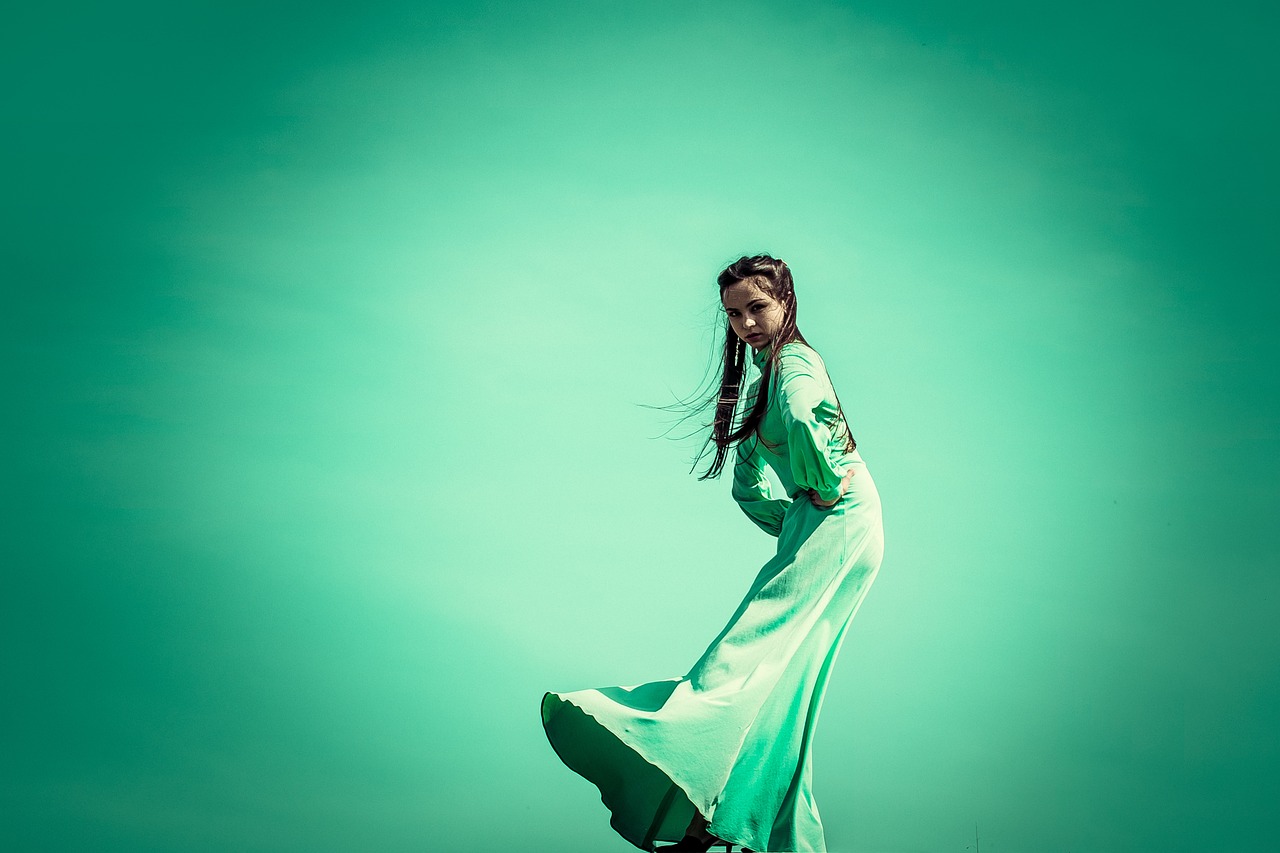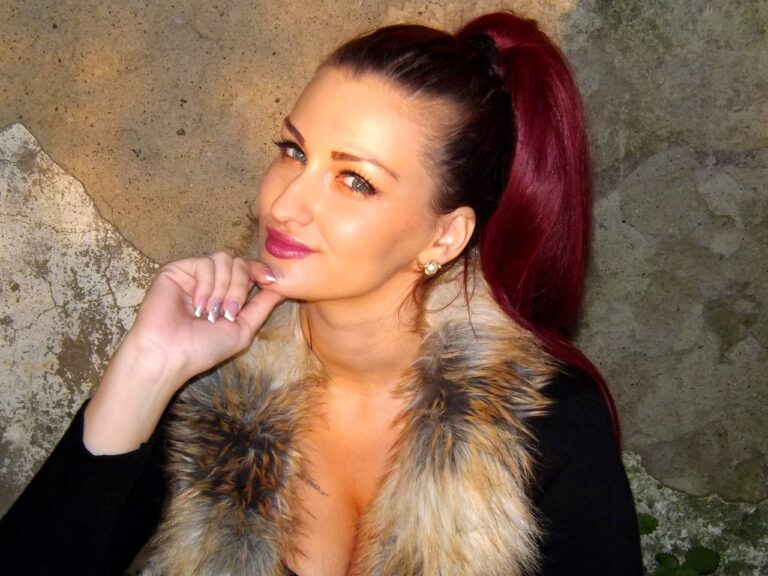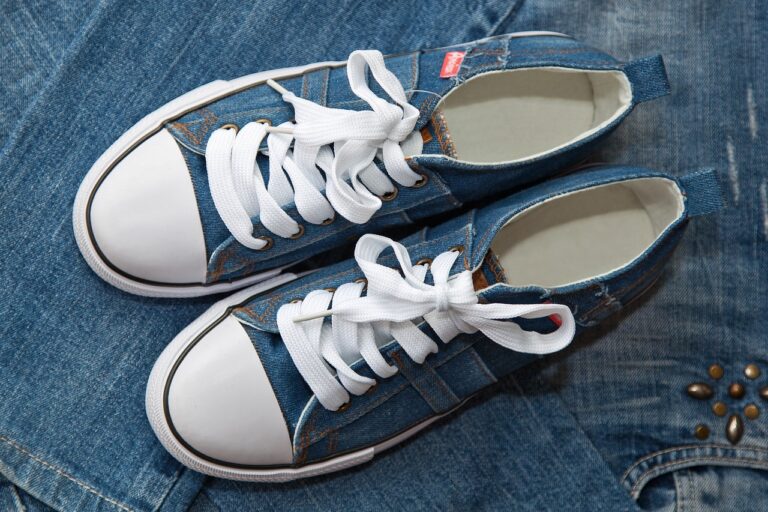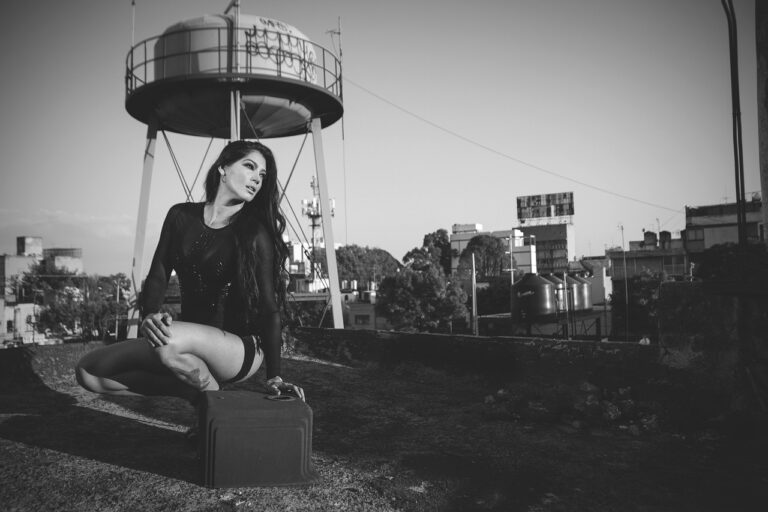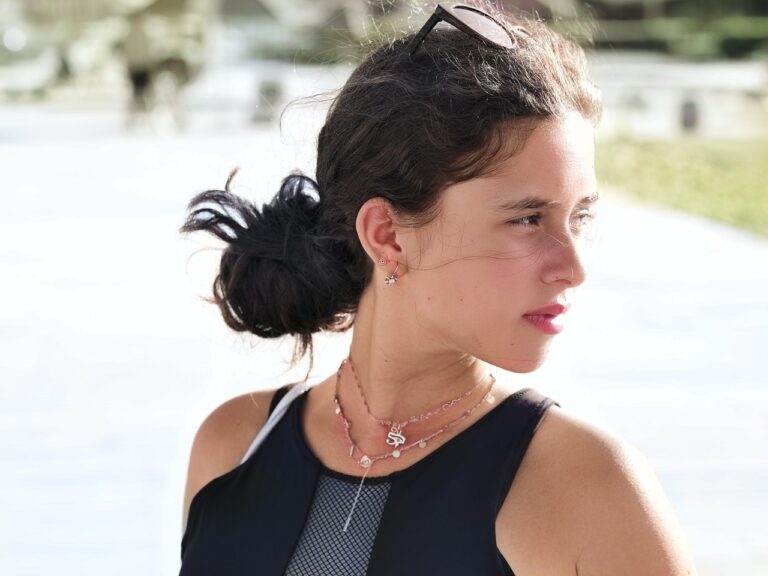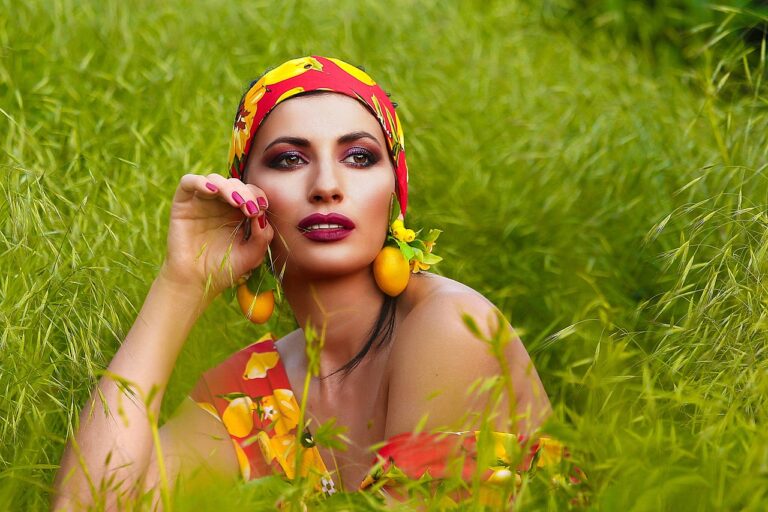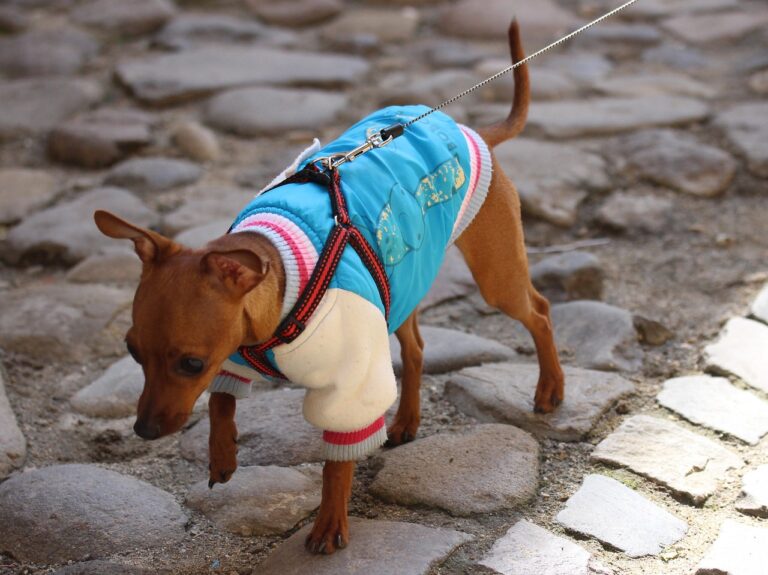The Art of Fashion Styling: Tips and Tricks for Creating Stunning Outfits
When it comes to fashion styling, it’s essential to understand the importance of creating a cohesive look. This involves selecting pieces that complement each other in terms of color, style, and overall aesthetic. By paying attention to details such as fabric, silhouette, and accessories, you can elevate a simple outfit into a polished ensemble.
Another key aspect of fashion styling is knowing how to dress for your body type. Understanding your body shape and proportions can help you choose pieces that flatter your figure and highlight your best features. Whether you have an apple, pear, hourglass, or rectangle body shape, learning how to accentuate your strengths and balance your proportions is key to achieving a well put-together look.
Understanding Body Shapes and Proportions
Understanding body shapes and proportions is essential in the world of fashion styling. One key aspect to consider is the pear shape, characterized by wider hips and a narrower upper body. For individuals with this body shape, creating balance by drawing attention upwards with patterns or bold colors on tops can help create a more harmonious look.
On the other hand, individuals with an apple shape have broader shoulders and a fuller midsection. To flatter this body shape, opting for high-waisted bottoms to elongate the legs and create a more defined waistline can be a stylish choice. Understanding how to dress according to different body shapes and proportions can enhance one’s personal style and boost confidence in any outfit.
Color Theory and Coordination
Understanding color theory is essential when it comes to creating well-coordinated outfits. By knowing the color wheel and its different harmonious schemes, you can easily mix and match colors to achieve a visually appealing look. Start by experimenting with analogous colors, which are next to each other on the color wheel, for a cohesive and harmonious outfit. You can also play with complementary colors, which are opposite each other on the wheel, to create bold and striking combinations.
In addition to understanding color harmony, consider the psychology of colors when styling an outfit. Different colors evoke different emotions and have symbolic meanings. For example, red is often associated with passion and courage, while blue is calming and trustworthy. By choosing colors that align with the mood and occasion you’re dressing for, you can create a more impactful and intentional look.
• Analogous colors, which are next to each other on the color wheel, create a cohesive outfit
• Complementary colors, opposite each other on the wheel, make bold combinations
• Consider the psychology of colors when choosing outfits for different occasions
– Red symbolizes passion and courage
– Blue is calming and trustworthy
What is color theory in fashion?
Color theory in fashion refers to the study of how colors work together and how they can be combined to create visually pleasing outfits.
How can color coordination enhance an outfit?
Color coordination can enhance an outfit by creating balance, harmony, and visual interest. It can help highlight certain features or downplay others, and can also convey a certain mood or vibe.
How do I know which colors go well together in an outfit?
One way to determine which colors go well together is to refer to the color wheel. Colors that are opposite each other on the color wheel (complementary colors) often work well together, as do colors that are next to each other (analogous colors).
Can I mix different patterns with different colors in one outfit?
Yes, you can mix different patterns and colors in one outfit, but it’s important to do so in a way that is balanced and cohesive. One way to achieve this is by choosing a common color or theme that ties the different elements together.
How can I use color theory to flatter my body shape?
You can use color theory to flatter your body shape by using darker colors to minimize areas you want to de-emphasize and lighter colors to highlight areas you want to accentuate. Vertical stripes can also create the illusion of a longer, leaner silhouette.

